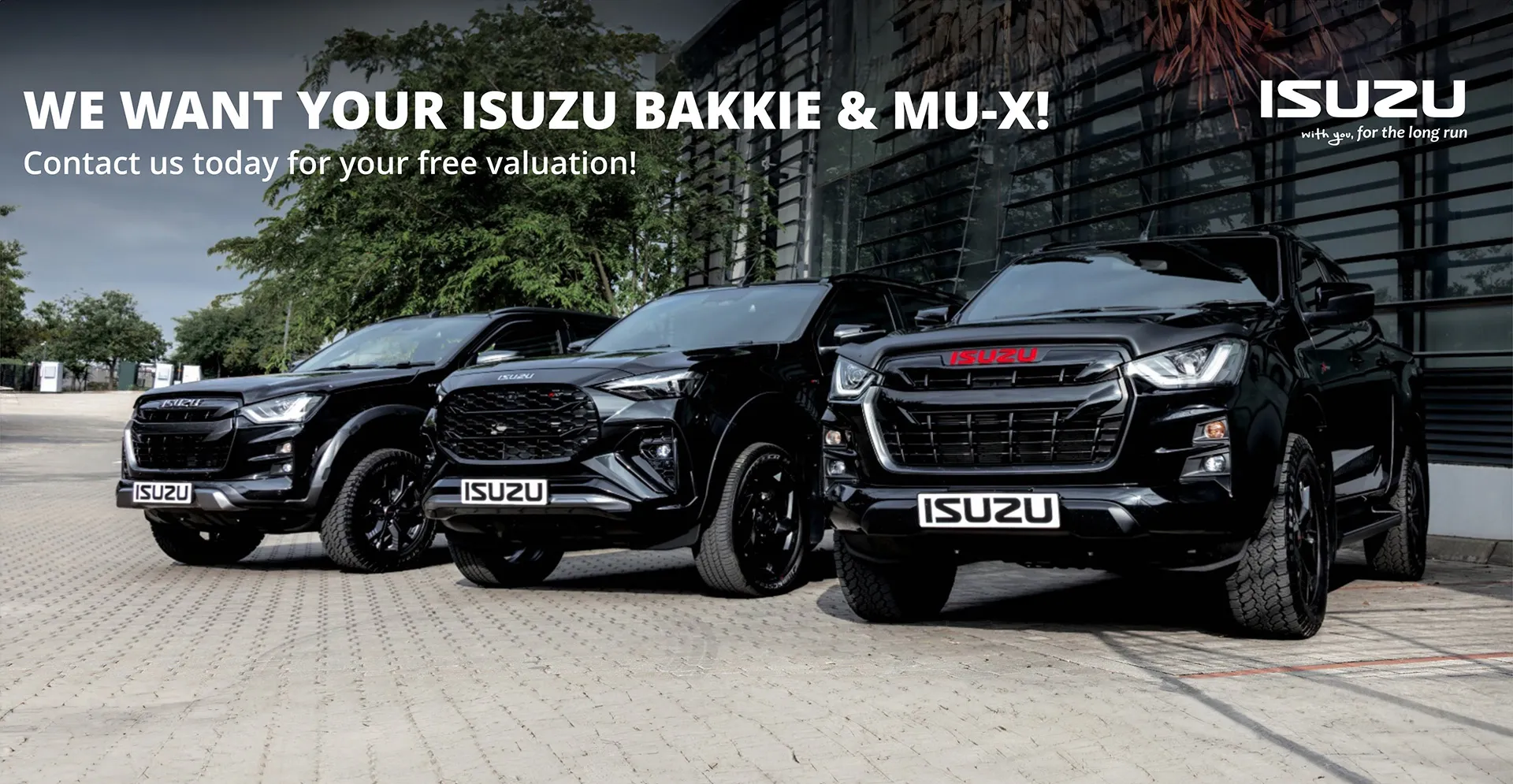| Nissan Navara 2.3 4×4 Auto | Ford Ranger 3.2 Fx4 Auto | |
| Price: | R597 900 (with leather and heated seats) | R608 900 |
| We Like: | Solid engine performance, fuel efficiency | Styling kit, Sync3 infotainment, powerful |
| We Don’t Like: | Poor infotainment system, rough engine notes at high revs | Thirsty engine, turbo lag |
 Then you get the Navara 2.3 4×4 which is a treat on the eyes and R11 000 cheaper than the Fx4 when you choose leather seats and heated front seats. When it comes to specification and capability both are a good choice, now we put these beasts to the test…
HOW DO THEY MEASURE UP?
COMFORT & SAFETY
Both vehicles are furnished with similar features such as dual-zone climate control, cruise control, front park distance control with a reverse-view camera, electric windows and electrically adjustable mirrors and a multifunction steering wheel, and the Navara, is fitted with optional leather upholstery, heated front seats, and an electrically adjustable driver’s seat.
Then you get the Navara 2.3 4×4 which is a treat on the eyes and R11 000 cheaper than the Fx4 when you choose leather seats and heated front seats. When it comes to specification and capability both are a good choice, now we put these beasts to the test…
HOW DO THEY MEASURE UP?
COMFORT & SAFETY
Both vehicles are furnished with similar features such as dual-zone climate control, cruise control, front park distance control with a reverse-view camera, electric windows and electrically adjustable mirrors and a multifunction steering wheel, and the Navara, is fitted with optional leather upholstery, heated front seats, and an electrically adjustable driver’s seat.
 Noticeable differences can be seen throughout the interior. The Ranger offers more leg- and knee room, the steering column is adjustable and more attention to detail can be seen than within the Navara. The 8.1-inch screen and chunky interface of the infotainment system in the Fx4 works with Apple CarPlay and is Android compatible and very easy to use, it also has USB ports.
Noticeable differences can be seen throughout the interior. The Ranger offers more leg- and knee room, the steering column is adjustable and more attention to detail can be seen than within the Navara. The 8.1-inch screen and chunky interface of the infotainment system in the Fx4 works with Apple CarPlay and is Android compatible and very easy to use, it also has USB ports.
 Both bakkies have 7 airbags, ABS with EBD, stability- and traction control and the Navara has brake assist. Metallic accents can be seen in the Navara’s interior, but within both bakkies there is limited soft-touch features.
The Ranger’s touchscreen system is far more impressive than that of the Navara which has a very small screen with an interface that is very difficult to use and an annoying glare although it features a navigation feature. Sad story, because Nissan’s infotainment systems on their other models are excellent, at least a USB and auxiliary port is provided.
ENGINE PERFORMANCE
The Navara’s engine is less refined with being high in the rev range but is more fuel efficient than the fuel guzzling Ranger which is powered by Ford’s familiar 3.2-litre turbodiesel engine that produces 147 kW and 470 Nm torque coupled with a 6-speed automatic transmission. The Ranger’s engine has a bit of turbo lag when you put the pedal to the metal, but a surge of brisk acceleration can be felt after a while. The engine can be heard in the cabin but is still somewhat refined with smooth-shifting transmission. The fuel efficiency is a shock to our system but Ford claims 9.0 L/100km and during our test, the Fx4 returned an average fuel consumption figure of 11.5 L/100 km, which is run-of-the-mill.
Both bakkies have 7 airbags, ABS with EBD, stability- and traction control and the Navara has brake assist. Metallic accents can be seen in the Navara’s interior, but within both bakkies there is limited soft-touch features.
The Ranger’s touchscreen system is far more impressive than that of the Navara which has a very small screen with an interface that is very difficult to use and an annoying glare although it features a navigation feature. Sad story, because Nissan’s infotainment systems on their other models are excellent, at least a USB and auxiliary port is provided.
ENGINE PERFORMANCE
The Navara’s engine is less refined with being high in the rev range but is more fuel efficient than the fuel guzzling Ranger which is powered by Ford’s familiar 3.2-litre turbodiesel engine that produces 147 kW and 470 Nm torque coupled with a 6-speed automatic transmission. The Ranger’s engine has a bit of turbo lag when you put the pedal to the metal, but a surge of brisk acceleration can be felt after a while. The engine can be heard in the cabin but is still somewhat refined with smooth-shifting transmission. The fuel efficiency is a shock to our system but Ford claims 9.0 L/100km and during our test, the Fx4 returned an average fuel consumption figure of 11.5 L/100 km, which is run-of-the-mill.
 The Navara will have you thinking that it’s powered by a larger turbodiesel engine with its stellar performance both on and off road but in fact it’s a 2.3-litre turbodiesel unit that punches above its weight with 140 kW and 450 Nm of torque and its decent engine even though it is noisier higher in the rev range and has an agricultural engine note under harder acceleration. It has a 7-speed transmission and has a slightly better and smoother feel that the Ranger’s automatic box. You will also be happy to know that the Navara is more frugal than the Ranger Fx4. Nissan claims 7.0 L/100 km, but the trip computer returned figures in the region of 10.0 L/100km during our test.
The Navara will have you thinking that it’s powered by a larger turbodiesel engine with its stellar performance both on and off road but in fact it’s a 2.3-litre turbodiesel unit that punches above its weight with 140 kW and 450 Nm of torque and its decent engine even though it is noisier higher in the rev range and has an agricultural engine note under harder acceleration. It has a 7-speed transmission and has a slightly better and smoother feel that the Ranger’s automatic box. You will also be happy to know that the Navara is more frugal than the Ranger Fx4. Nissan claims 7.0 L/100 km, but the trip computer returned figures in the region of 10.0 L/100km during our test.


